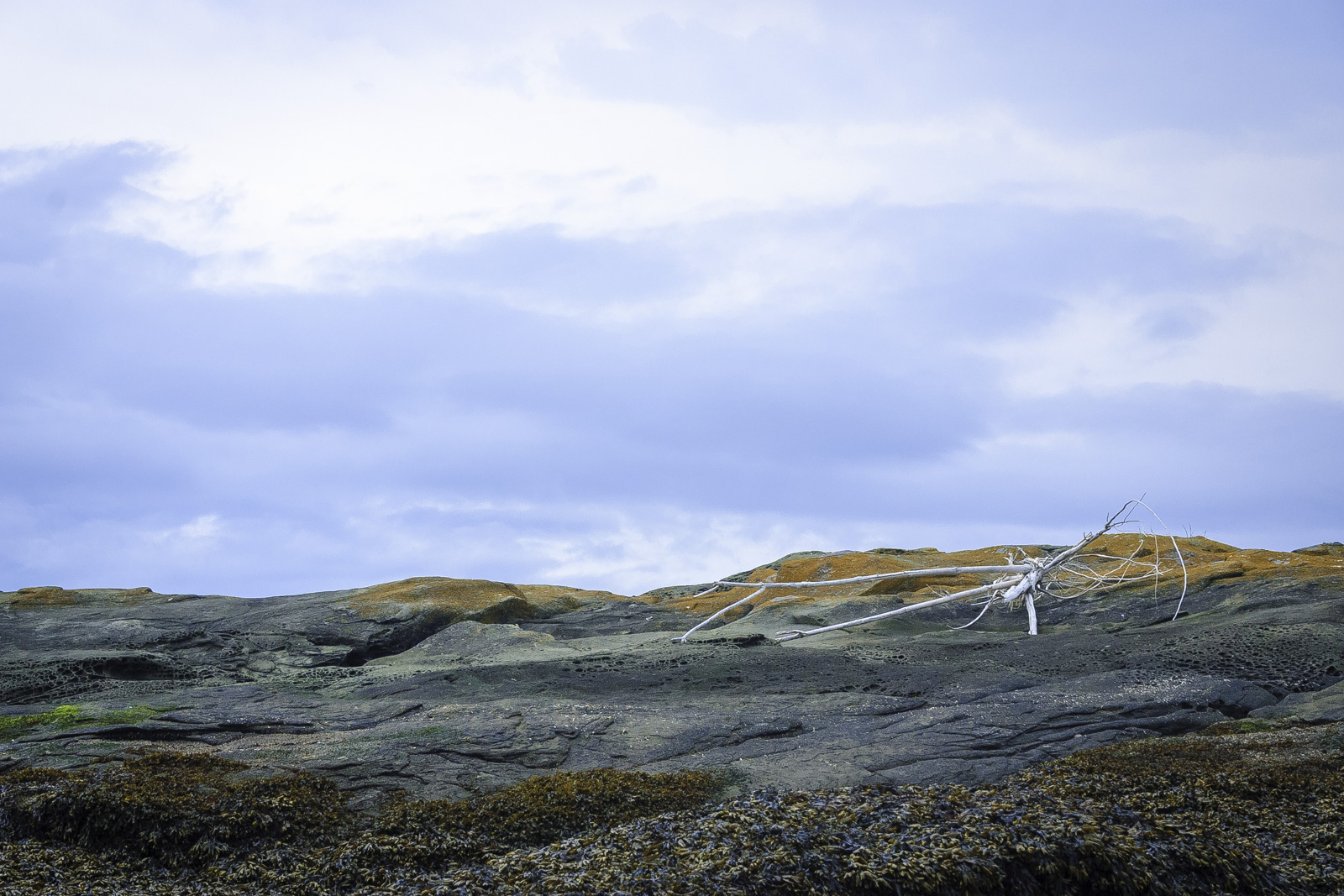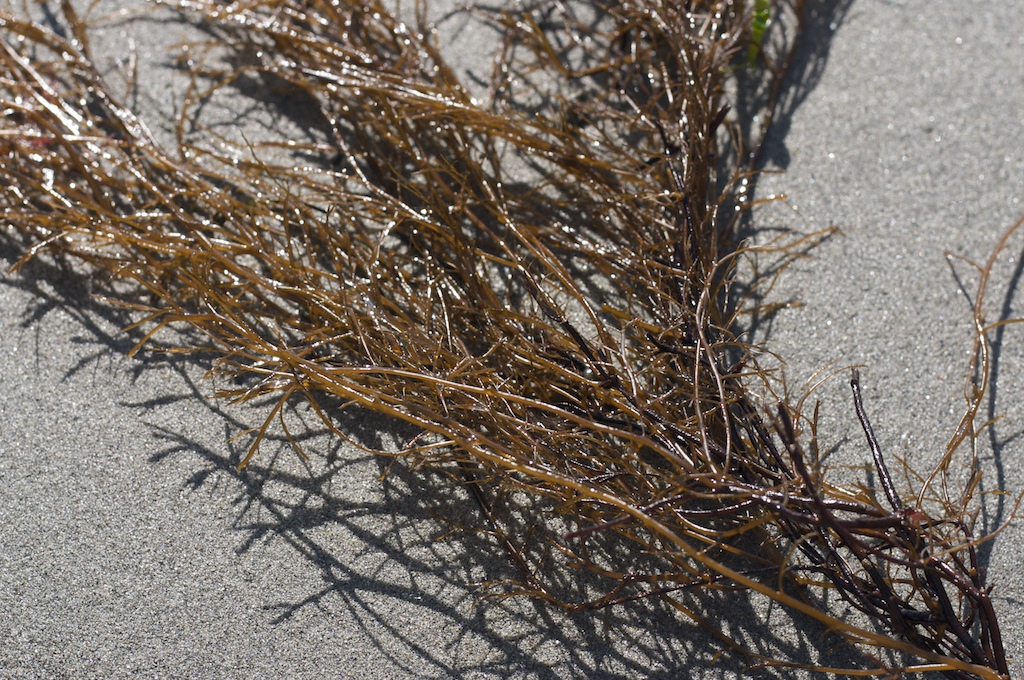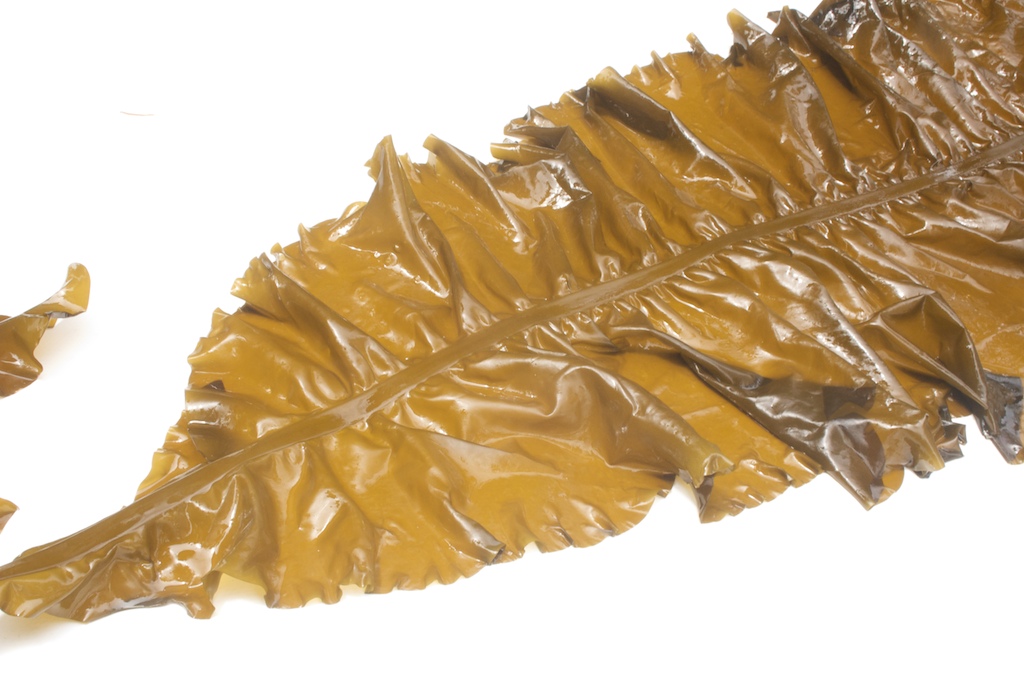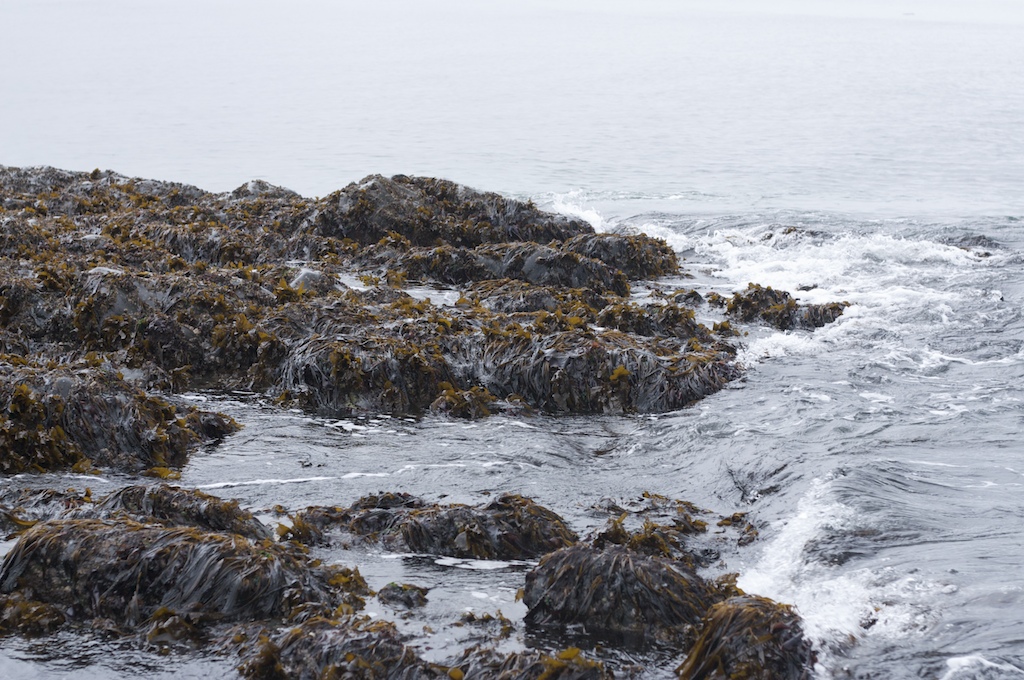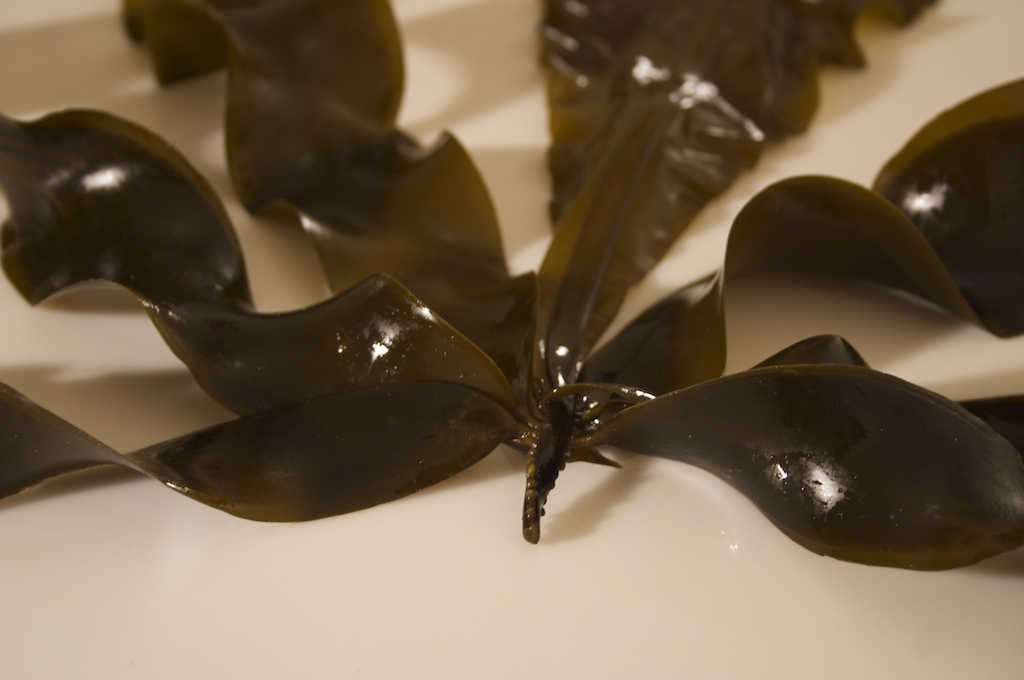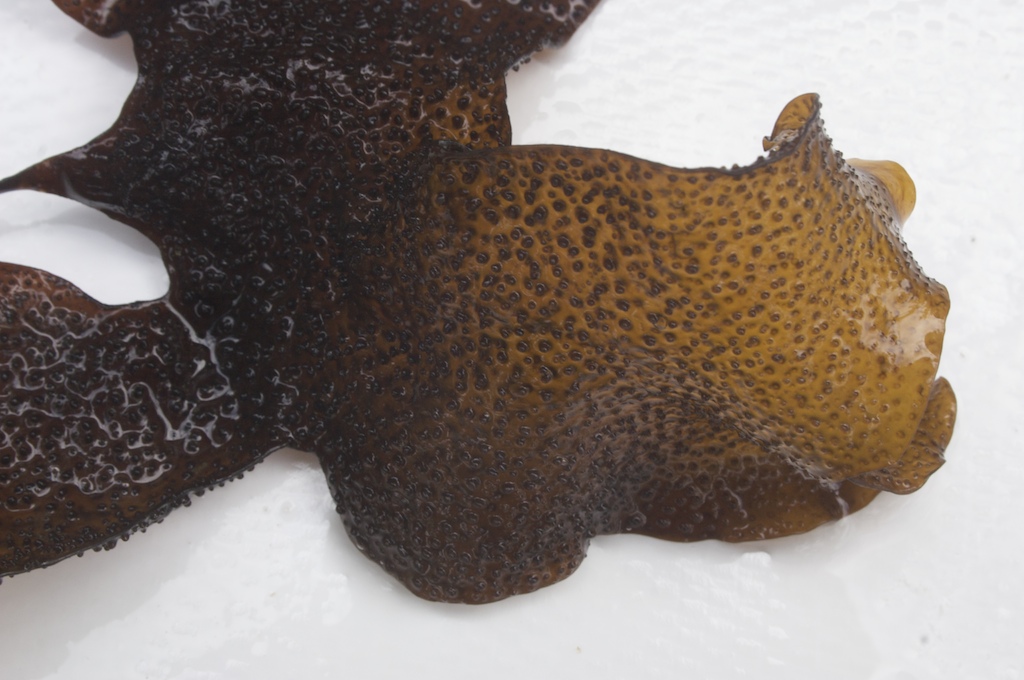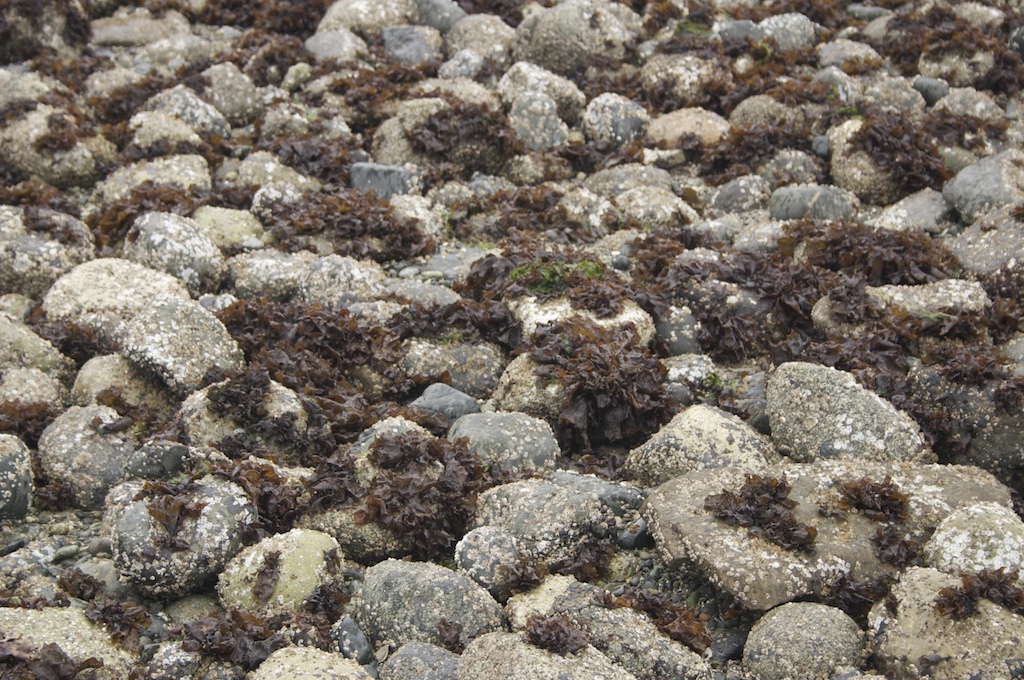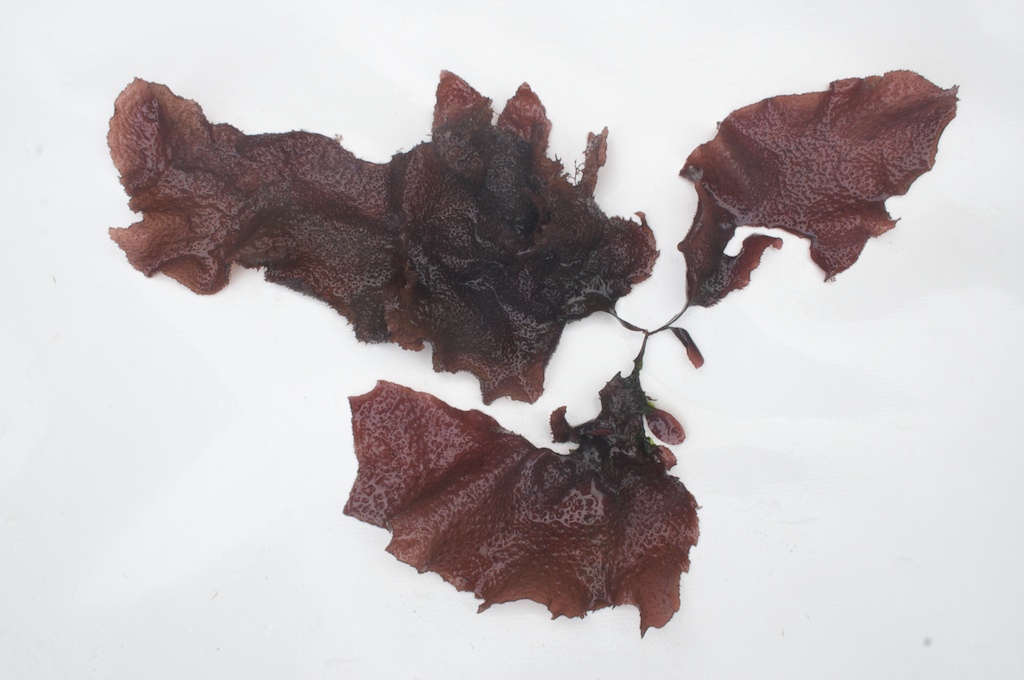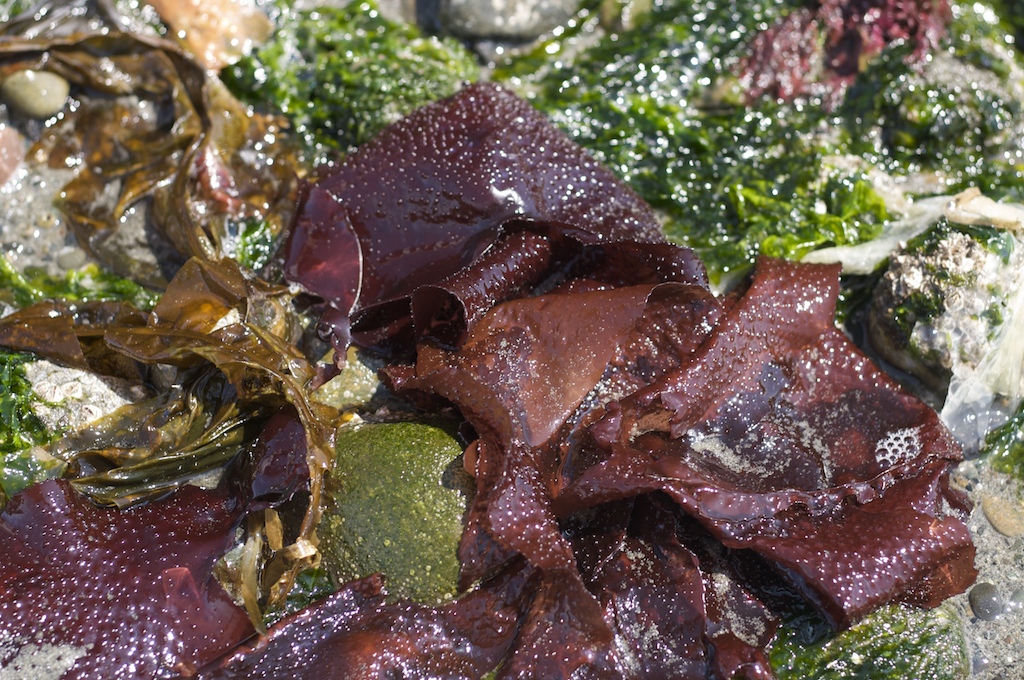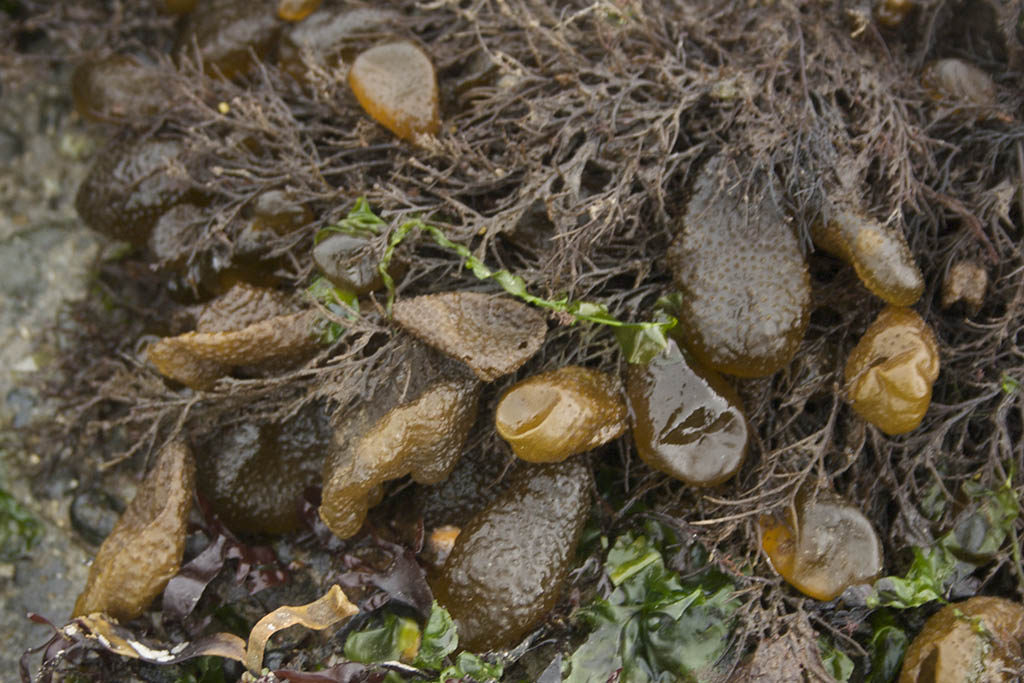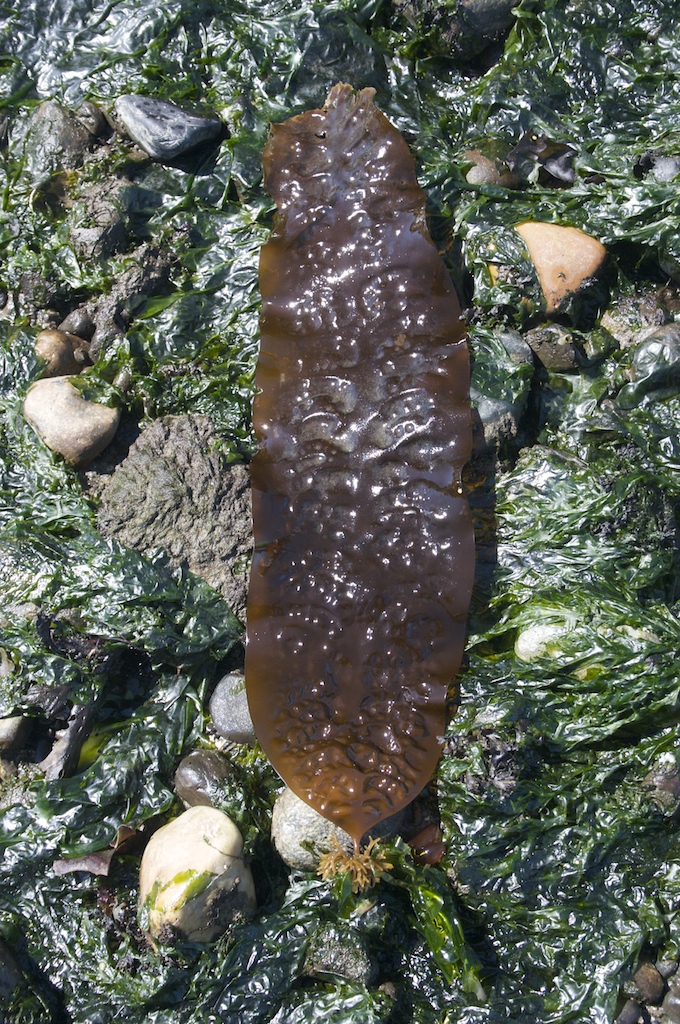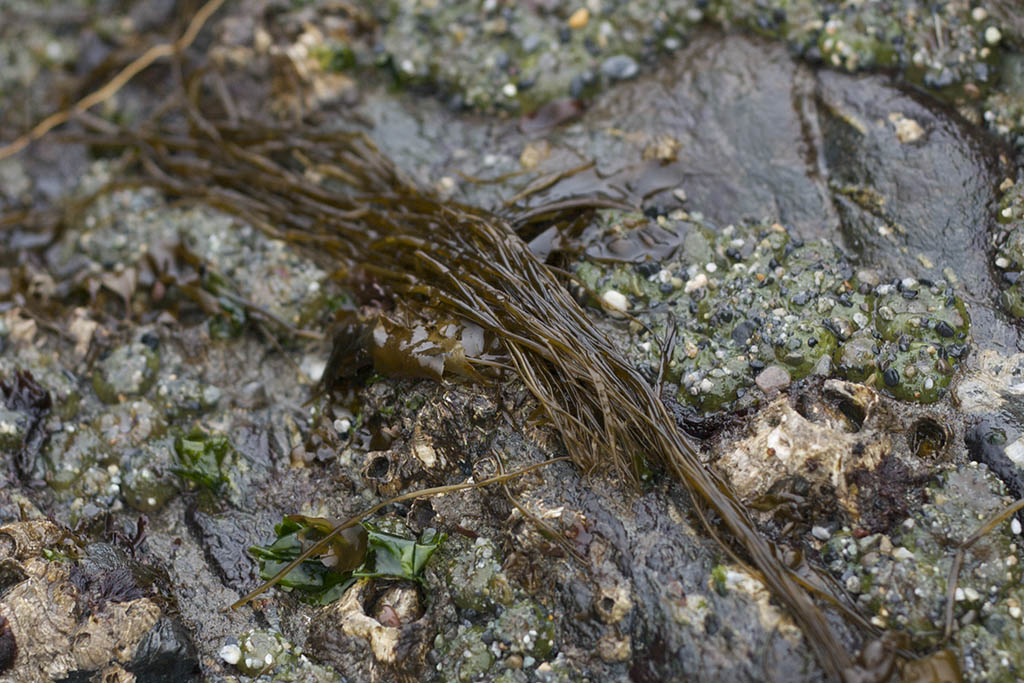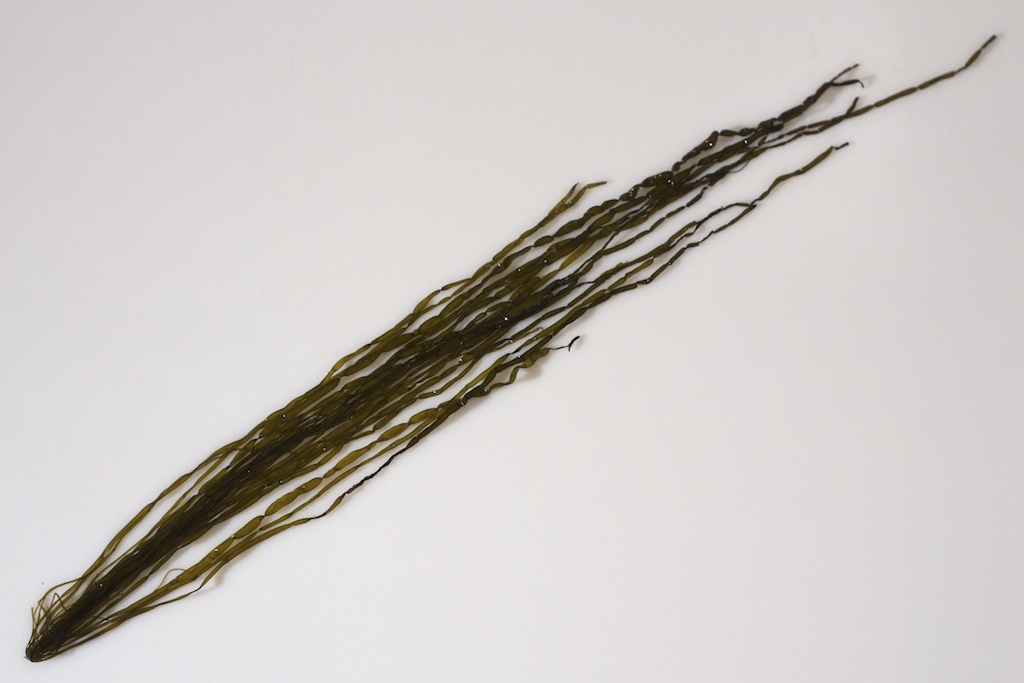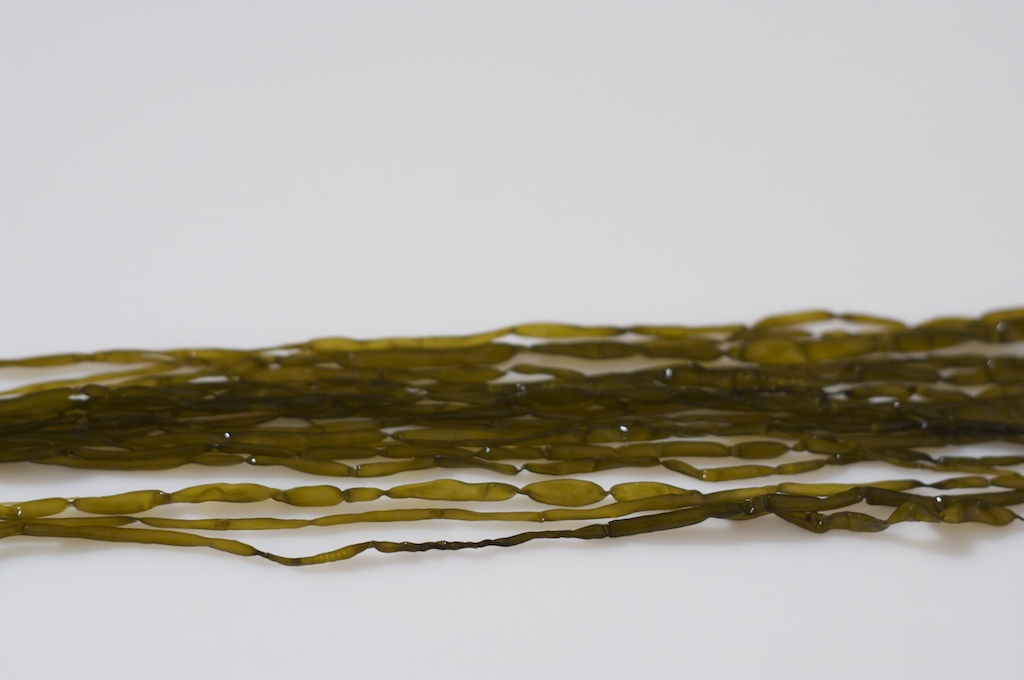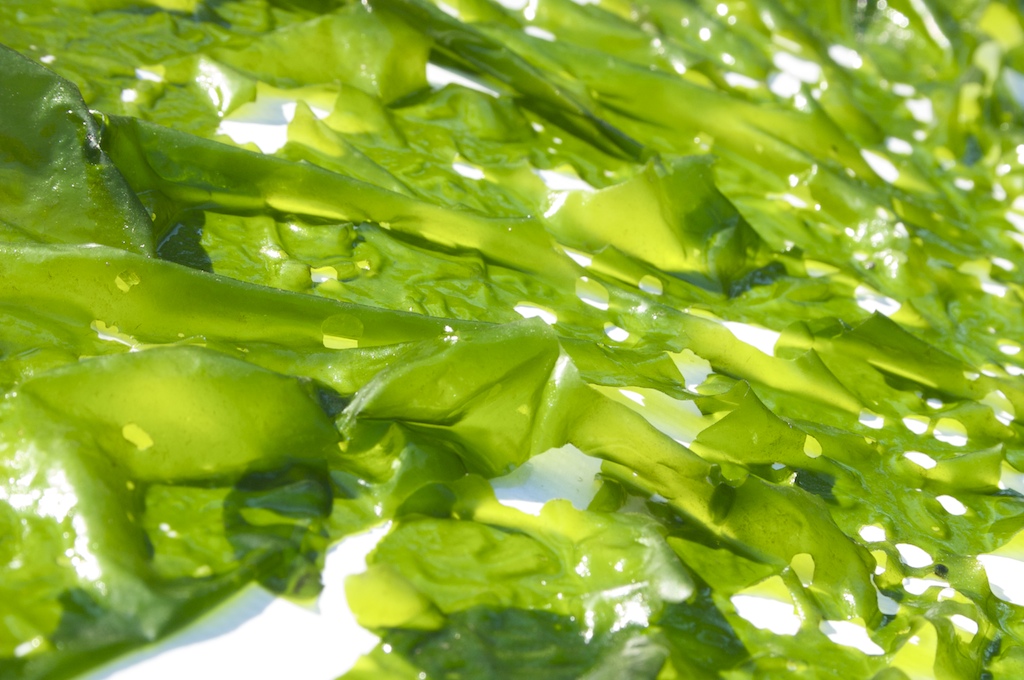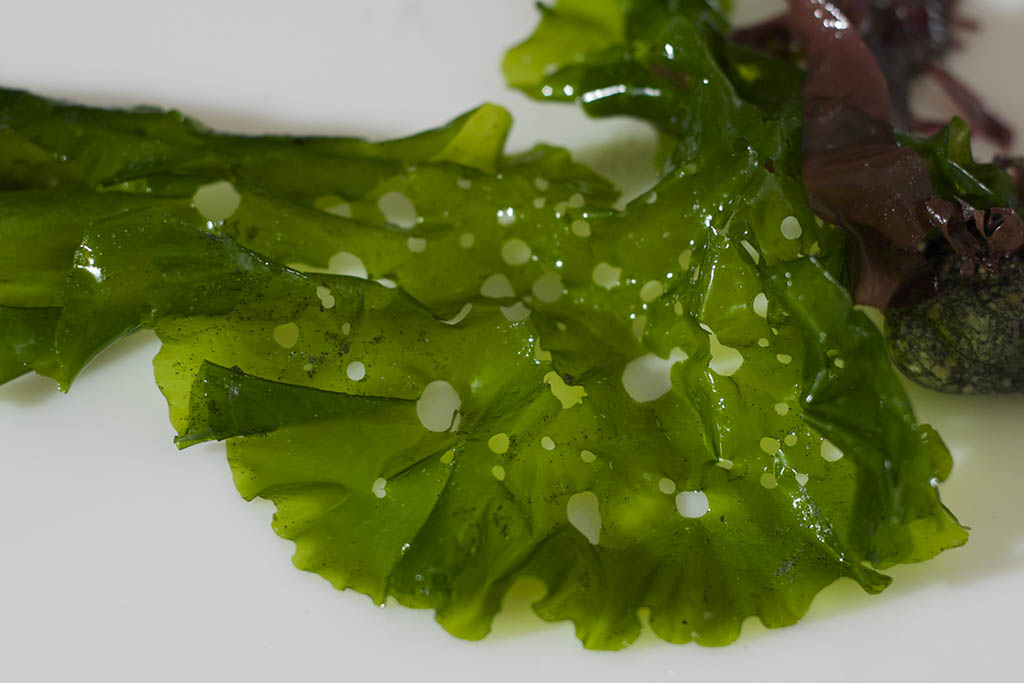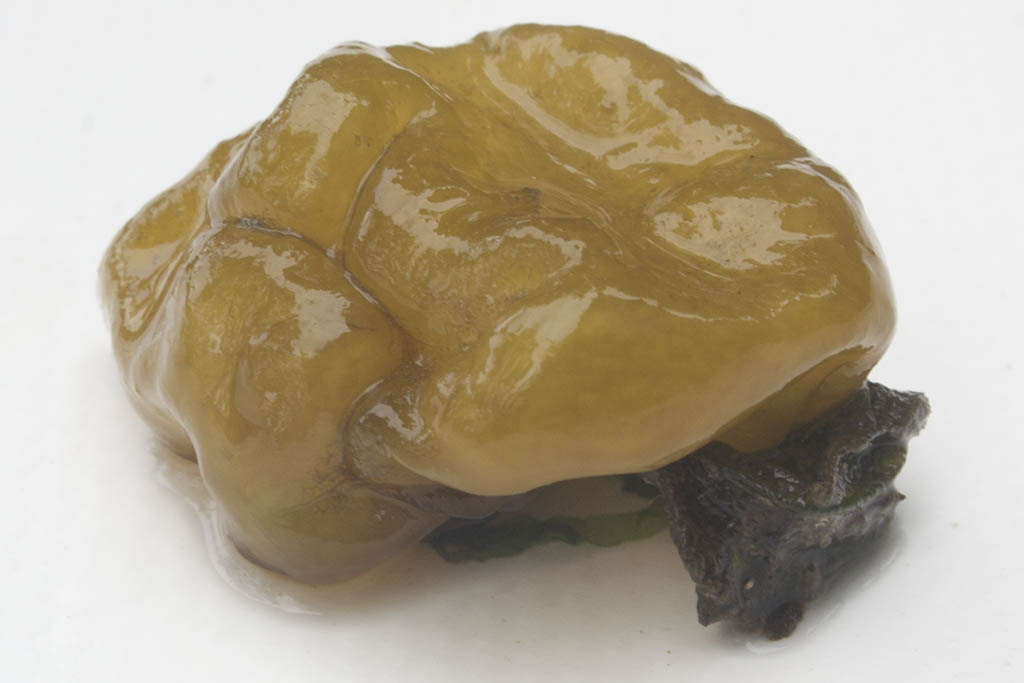Desmarestia aculeata
Color: Brown
Shape: Branched, Bushy
Texture: Smooth
Size: Up to 3’+
Zone: Low Intertidal to Subtidal
Range: Alaska to Oregon
Description: This highly branching seaweed is connected to a small, disc-shaped holdfast. The many thin, round branches give it a busy appearance.
Edibility: Do not eat.
Distinctive characteristics: Releases sulfuric acid when damaged.
Collection notes: Best to avoid. The acid released by this seaweed will destroy other seaweeds collected if left in the same container.
Phylum: Phaeophyta (Brown Algae)
Previous names: Fucus aculeatus, Desmarestia intermedia
Similar species: Desmarestia viridis
